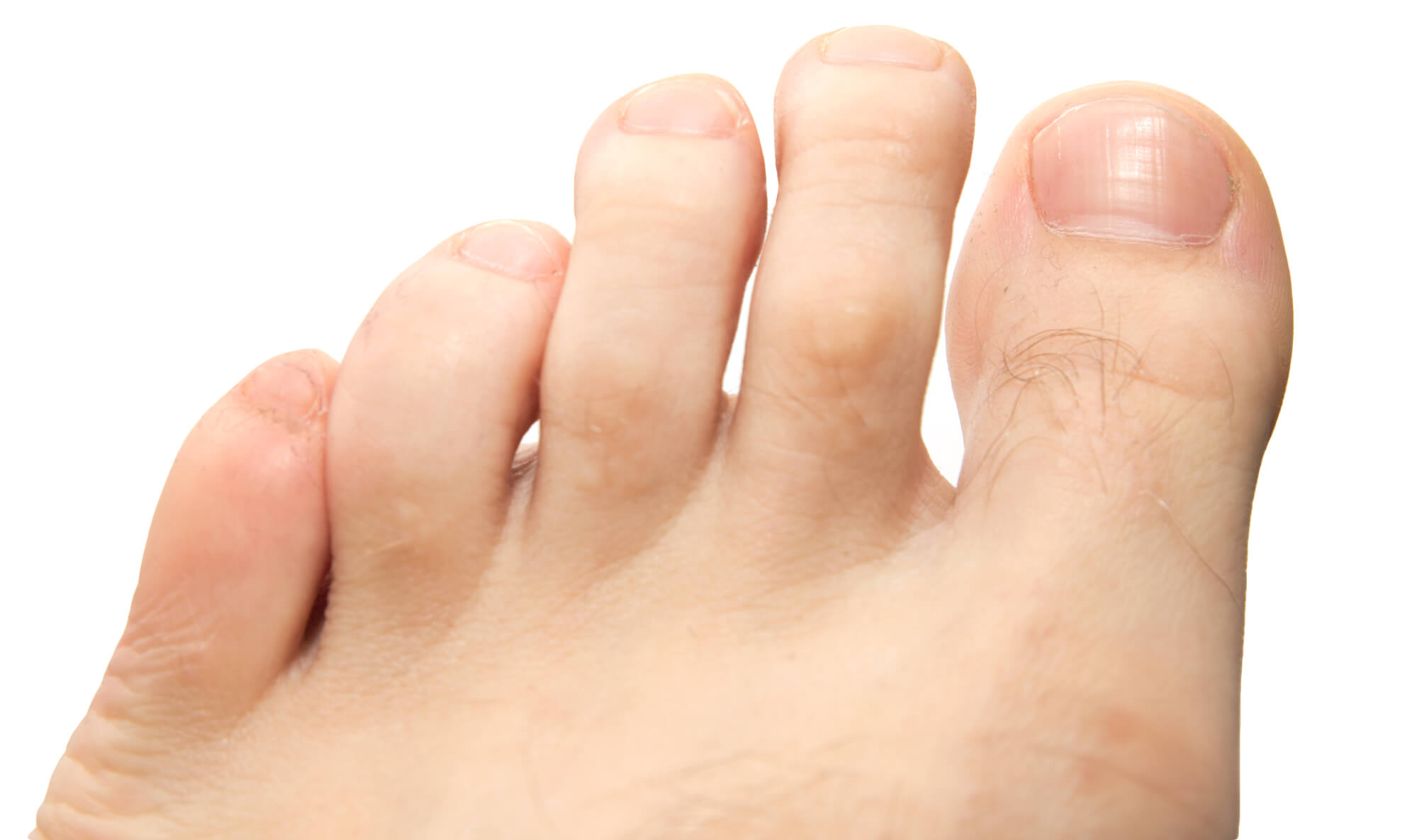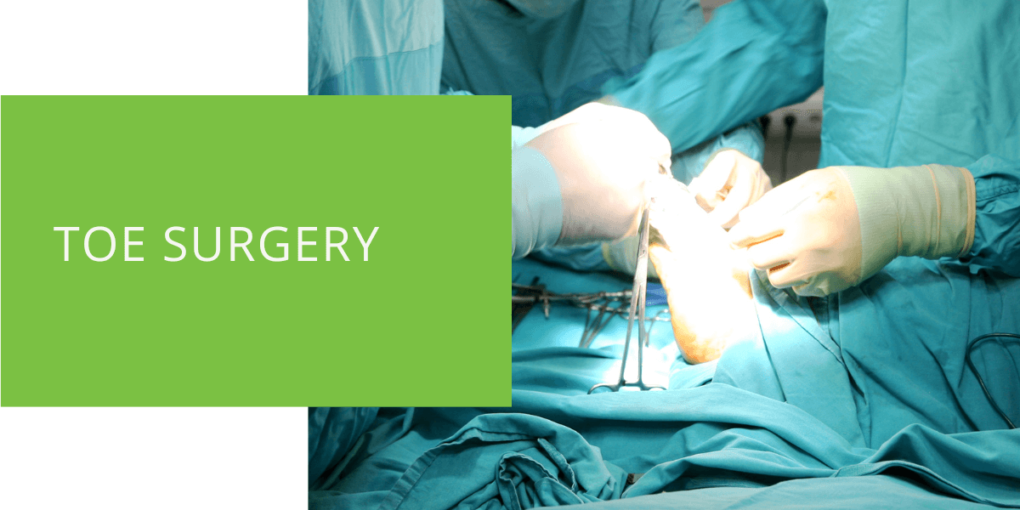Understanding Toe Surgery
Are you tired of living with persistent toe problems hindering your daily life? Do you avoid your favorite activities due to pain, discomfort, or limited toe mobility? Living with such conditions can be frustrating and overwhelming, affecting not only your physical health but also your mental well-being.
Thankfully, there is hope. Toe surgery can offer a solution to alleviate your discomfort and improve your foot health. With the help of specialized medical professionals, you can regain your quality of life and enjoy the activities you love. Join us on an informative journey through the wide world of surgery, where we will explore the different types of procedures, recovery processes, and the vital role of specialists. So take the first step towards a pain-free life and learn about the possibilities of the surgery.
Key Takeaways
- Toe surgery, including hammertoe correction and bunion surgery, can offer significant relief from pain and discomfort caused by toe conditions.
- Selecting the right specialist, such as a podiatric surgeon, is crucial for successful toe surgery and recovery.
- Rehabilitation and postoperative care play a vital role in ensuring a smooth recovery and a return to a pain-free, active lifestyle.
Types of Toe Surgery
Hammertoe Correction: Straightening Out the Problem
Hammertoe is a common condition where the middle joint of one or more toes becomes bent, resembling a hammer. This deformity can cause pain and discomfort, making it difficult to wear regular shoes. Surgery may be recommended when conservative treatments like orthotics and shoe modifications fail.
How the Procedure is Performed
Hammertoe correction surgery is a precise procedure. It involves the surgeon making small incisions to access the affected joint. The surgeon may remove a small section of bone or tendon during the surgery to straighten the toe. This realignment allows the toe to heal in a better position, relieving pain and discomfort.
Benefits of Hammertoe Surgery
The benefits of hammertoe surgery are multifaceted. Beyond pain relief, the procedure can significantly improve the alignment of the affected toe, allowing it to function more efficiently. Additionally, it restores the ability to wear a broader range of shoes comfortably, which significantly improves the quality of life for many patients.
Recovery Process
Post-surgery recovery from hammertoe correction involves several crucial steps. After the operation, patients are usually advised to keep weight off the affected foot for a few weeks to facilitate healing. Proper wound care and monitoring are essential during this time. Physical therapy may also help patients regain strength and mobility in their toes.
Bunion Surgery: Addressing the Root Cause
Bunions are bony protrusions at the base of the big toe, often causing pain and making it challenging to wear shoes. While conservative measures like padding and shoe changes can help, surgery is sometimes necessary for long-term relief.
Surgical Techniques for Bunion Correction
Bunion surgery encompasses several techniques tailored to the patient's condition. These techniques may involve realigning the bones, removing the bony bump, or combining both. Your surgeon will carefully evaluate your case to recommend the most suitable approach.
Postoperative Care and Recovery
The postoperative period following bunion surgery is crucial for successful healing. Patients may be required to wear a protective boot or cast to safeguard the surgical site. Additionally, attending physical therapy sessions is essential to aid in the recovery process, helping patients regain strength, flexibility, and mobility in the affected toe.
Toe Joint Replacement: Restoring Functionality
Toe joint replacement surgery is recommended for individuals with severe joint damage or arthritis that affects the toes. This procedure can help improve joint function and alleviate pain.
Rehabilitation and Recovery
After undergoing toe joint replacement surgery, rehabilitation is pivotal in restoring optimal functionality. Physical therapy is typically prescribed to help patients regain strength and flexibility in the replaced joint. Adhering to the recommended rehabilitation plan is essential for a successful recovery journey.

The Role of the Surgeon
Why Choose a Podiatric Surgeon?
When it comes to the surgery, choosing the right specialist is crucial. Podiatric surgeons specialize in treating foot and ankle conditions, making them highly qualified to address toe problems.
Differences Between Orthopaedic and Podiatric Surgeons
While orthopedic surgeons also perform foot and ankle surgeries, podiatric surgeons focus exclusively on these areas. They possess a deep understanding of the unique challenges posed by the conditions.
The Toe Surgery Experience
Preparing for Surgery
Before undergoing toe surgery, you'll consult your surgeon to evaluate your condition and discuss the procedure. They will provide preoperative instructions to ensure a smooth experience.
The Surgery Day
On the day of surgery, you can expect to receive anesthesia to keep you comfortable throughout the procedure. Your surgeon will explain the details of the operation and answer any remaining questions.
The Operation
Each type of toe surgery involves specific techniques tailored to the treated condition. Your surgeon will carefully perform the necessary steps to address your toe problem effectively. They will take great care to ensure the procedure is as minimally invasive as possible while achieving optimal results.
Post-Surgery Recovery
Recovery after the surgery varies depending on the type of procedure performed. Your surgeon will prescribe pain management strategies and guide you on how to care for your surgical site. Rest and keeping weight off your foot are often essential during the initial stages of healing.
Potential Complications
Understanding Surgical Risks
While toe surgery is generally safe, being aware of potential complications is essential. These can include infection, blood clots, and nerve damage. Your surgeon will take precautions to minimize these risks and discuss them with you during the preoperative consultation.
When to Seek Immediate Medical Attention
Contact your doctor immediately if you experience severe pain, unusual swelling, or signs of infection after toe surgery. Prompt medical attention can help address complications effectively and ensure a smoother recovery.

Life After Toe Surgery
Rehabilitation and Physical Therapy
Physical therapy plays a vital role in your recovery journey. It helps restore strength, flexibility, and mobility to your toes. Your therapist will design a customized rehabilitation plan for you, addressing your needs and goals.
Expected Healing Time
The healing time after toe surgery varies depending on the type of procedure and individual factors. Your surgeon will provide a timeline for you to resume normal activities, such as walking and engaging in your regular daily routines.
Resuming Normal Activities
As your toes heal and pain diminishes, you'll gradually be able to return to your regular daily activities. You'll also enjoy the newfound freedom of wearing a wider range of shoes without discomfort, improving your overall quality of life.
Conclusion
Toe surgery can be a life-changing solution for individuals suffering from painful toe conditions. Our expert podiatric surgeons are dedicated to providing the highest care and expertise in toe surgery. We understand the impact these conditions can have on your life, and we are here to help you every step of the way.
Don't let the pain and discomfort hold you back any longer. Please schedule an appointment with our specialists to discuss your concerns, explore your surgical options, and take the first step toward healthier, pain-free toes.
Remember, you're not alone on this journey; we are here to support you in your quest for better foot health.
FAQ
What kind of toe surgeries are there?
Several types of toe surgeries include hammertoe correction, bunion surgery, and toe joint replacement. The specific procedure you need depends on the nature and severity of your toe condition.
How painful is toe surgery?
The pain level experienced after toe surgery can vary depending on the procedure and individual pain tolerance. However, your surgeon will provide pain management strategies to minimize discomfort during recovery.
How long after the surgery can I walk?
The timeline for walking after the surgery depends on the type of procedure and your surgeon's recommendations. In some cases, patients can begin walking with support shortly after surgery, while others may need more time for healing and rehabilitation.
How long does a toe surgery take?
The duration of the surgery varies based on the specific procedure being performed. Hammertoe correction or bunion surgery typically takes around 30 minutes to an hour, while more complex surgeries, such as toe joint replacement, may take longer. Your surgeon will provide you with a more accurate estimate before the procedure.

